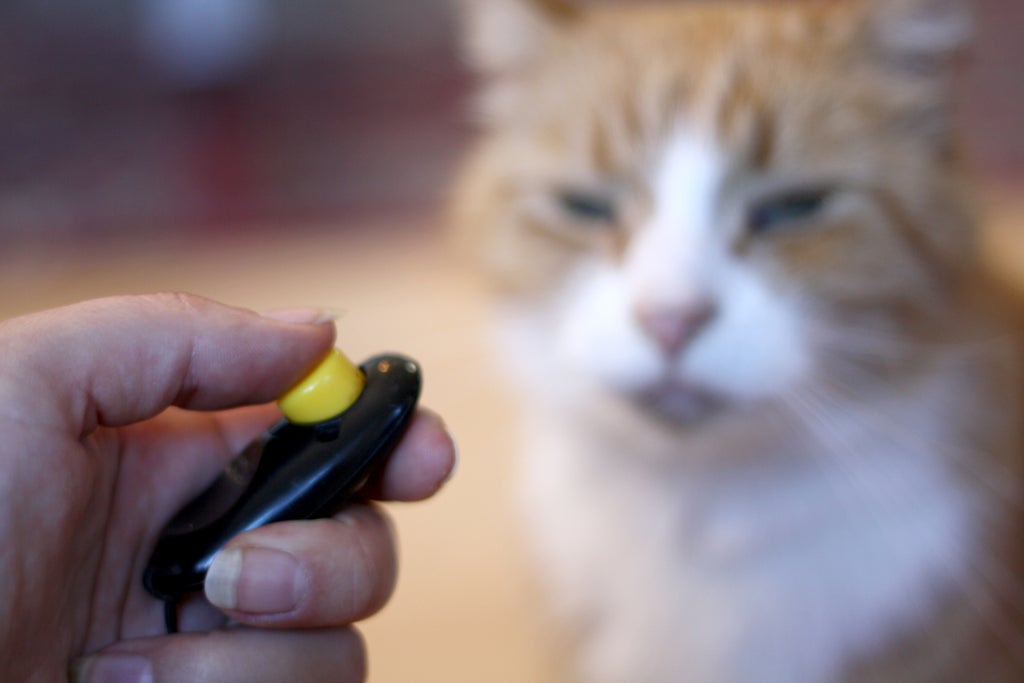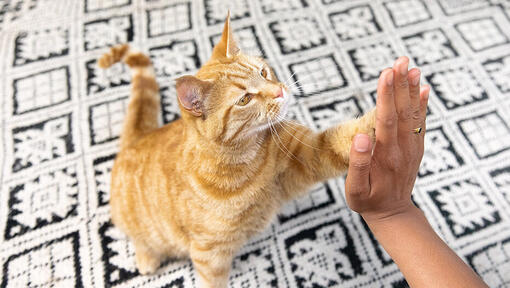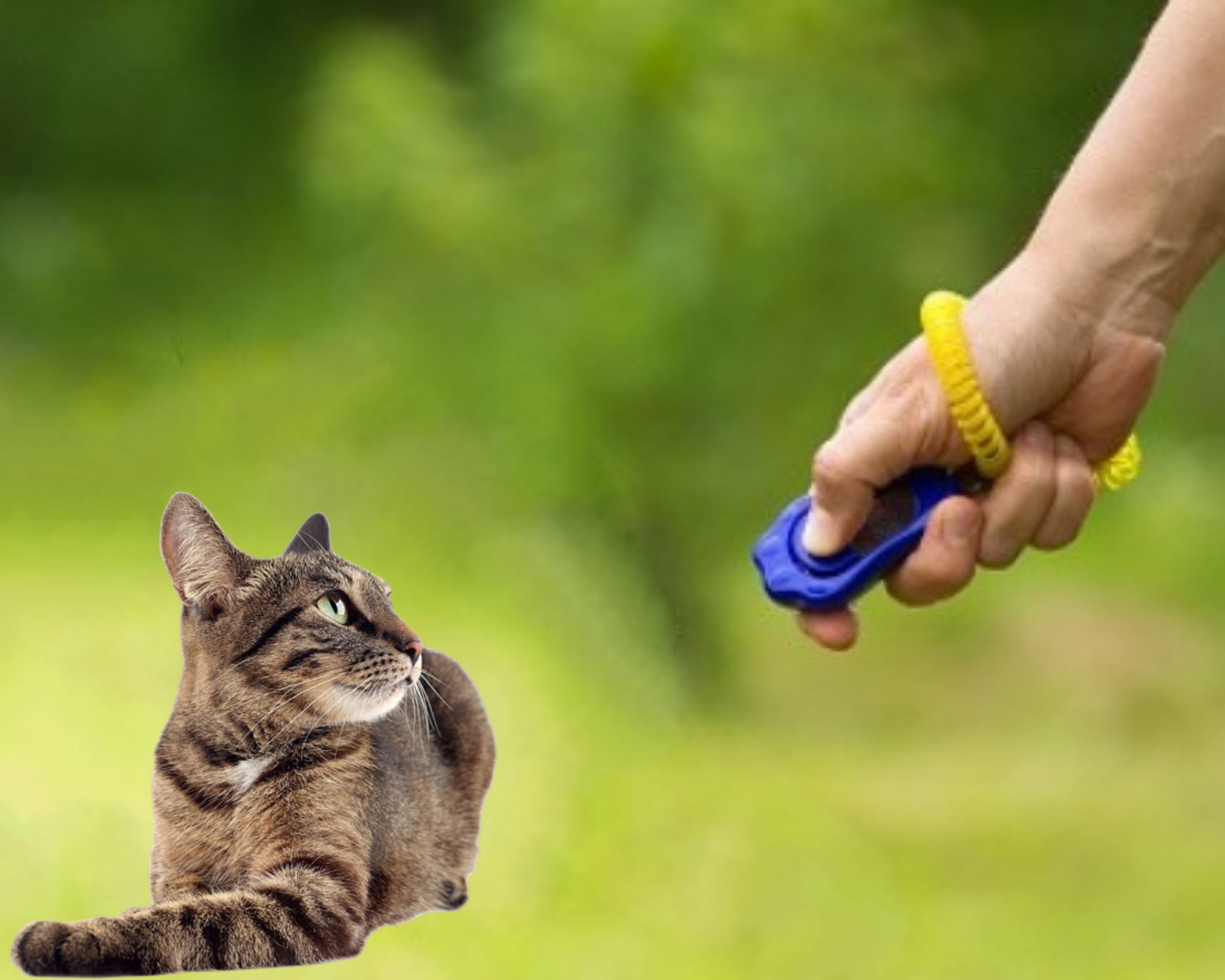With ‘The Benefits of Clicker Training for Cats – A Step-by-Step Guide’, you can unlock a world of possibilities in bonding with and training your feline friend. Discover the positive impact clicker training can have on your cat’s behavior and well-being through a structured and rewarding training method. Follow along for a comprehensive guide on how to effectively implement clicker training in your cat’s routine, and witness the amazing results unfold right before your eyes.
Key Takeaways:
- Positive reinforcement: Clicker training reinforces good behavior by using a clicker sound followed by a treat, creating positive associations for the cat.
- Effective communication: Clicker training allows for clear communication between the cat and the owner, helping to teach new behaviors and tricks.
- Bonding and mental stimulation: Clicker training not only strengthens the bond between cat and owner but also provides mental stimulation and enrichment for the cat.
Getting Started with Clicker Training
Before venturing into clicker training your cat, it’s important to gather the right equipment and treats to ensure a successful training session.
Choosing the Right Equipment
Getting started with clicker training requires a few key pieces of equipment. Firstly, you’ll need a clicker – a small handheld device that makes a distinct clicking sound when pressed. This sound will signal to your cat that they have performed the desired behavior correctly. You can find clickers at pet stores or online, or even use a similar noise-making device if you don’t have a clicker on hand. Additionally, have some small, bite-sized treats ready to reward your cat for their good behavior.

Selecting Reward Treats
Reward treats are a crucial part of clicker training, as they serve as motivation for your cat to repeat the desired behavior. When opting for treats, choose ones that are small, soft, and irresistible to your cat. Popular options include cooked chicken, tuna, or commercial cat treats. Avoid using treats that are too large or hard for your cat to eat quickly, as you want to keep the training session moving smoothly.
With the right treats in hand, you can use them as a powerful tool to reinforce positive behavior during training sessions. Make sure to use treats that your cat absolutely loves, as they will be more eager to learn and respond to your commands when rewarded with their favorite snacks.
Basic Principles of Clicker Training
Associating the Clicker with Rewards
Some of the basic principles of clicker training involve associating the clicker sound with receiving a reward. When you start clicker training with your cat, you will use a clicker device that makes a distinct clicking sound. The key is to ensure that your cat understands that the click sound means they did something right and a reward is coming.
Introducing the Target Stick
One imperative tool in clicker training is the target stick. This stick has a distinctive tip that your cat will learn to touch with their nose or paw. Before introducing the target stick to your cat, it’s important to familiarize them with the stick without any pressure. Allow your cat to investigate the stick and offer treats to create positive associations with it.
Basic
Teaching Your Cat to Touch the Target
For clicker training with the target stick, start by extending the stick slightly towards your cat. When they show any interest, click the clicker and immediately reward them with a treat. Gradually increase the distance you ask your cat to move towards the target stick before clicking and rewarding. Repeat this process until your cat confidently touches the target stick.

Clicker Training Techniques
Shaping Desired Behaviors
Now, let’s talk about shaping desired behaviors using clicker training for your cat. Any behavior, no matter how small, can be shaped into a desired behavior through clicker training. Start by clicking and treating your cat for any small steps towards the desired behavior. For example, if you want your cat to jump through a hoop, you can click and treat for each step closer to the hoop until they eventually jump through it.
Chaining Commands
Any chaining commands involves teaching your cat to perform a series of behaviors in a specific order. For example, if you want your cat to sit, then shake paws, and finally roll over, you can break down each behavior into smaller steps and use the clicker to mark and reward each one. Once your cat has mastered each individual behavior, you can then chain them together into a sequence.

Using Clicker Training for Problem Behaviors
Problem behaviors such as scratching furniture or excessive meowing can also be addressed using clicker training. By redirecting your cat’s attention towards a desired behavior and rewarding them for it, you can effectively eliminate unwanted behaviors. For instance, if your cat is scratching the furniture, you can click and treat when they use a scratching post instead.
For instance, if your cat is scratching the furniture, you can click and treat when they use a scratching post instead. This positive reinforcement helps to replace the unwanted behavior with a more appropriate one, leading to a well-behaved and happy feline companion.
Teaching Basic Commands
Many cat owners underestimate the intelligence of their feline friends. However, with clicker training, you can teach your cat a variety of basic commands that will strengthen your bond and provide mental stimulation for your furry companion. Let’s start with the fundamental command of ‘Sit’.
On Sit
To teach your cat to sit on command, start by using a clicker to mark the desired behavior. Hold a treat above your cat’s head to guide them into a sitting position. As soon as their bottom touches the floor, click the clicker and give them the treat. Consistency is key – repeat this process several times until your cat associates the action of sitting with the click sound and the reward.
Down
Any time your cat lies down naturally, click and treat. You can also encourage this behavior by using a treat to lure them into a lying down position. Click as soon as they are in the correct position and reward them. This command can be useful for calming an overly excited cat or keeping them still for grooming or veterinary procedures.
Stay
Understanding your cat’s body language is crucial when teaching the ‘Stay’ command. Look for signs of restlessness or tension, as these may indicate that your cat is getting frustrated with the task. Keep training sessions short and positive to maintain their interest and willingness to learn.
Come
For the ‘Come’ command, use a clicker to mark the behavior of your cat approaching you. Start by calling your cat’s name followed by the command ‘Come’. When they respond and move towards you, click and treat. This command is important for calling your cat back to you in various situations, ensuring their safety and your peace of mind.
Teaching
Remember that each cat is unique, and some may pick up commands faster than others. Patience and positive reinforcement are key to successful clicker training with your cat. Celebrate small victories and always end each training session on a positive note to keep your cat engaged and excited for the next training session.
Advanced Clicker Training Techniques
To further enhance your clicker training skills with your feline friend, you can incorporate some advanced techniques. Here are a few methods to take your training to the next level:
- Teaching Tricks
- Increasing Distance and Duration
- Adding Distractions
Teaching Tricks
Clicker training can be used to teach your cat a variety of impressive tricks. By breaking down the desired behavior into small steps and rewarding each step with a click and a treat, you can gradually shape your cat’s actions into the final trick.
Increasing Distance and Duration
Any successful clicker training involves gradually increasing the distance your cat performs the behavior from you and the duration for which they maintain it. By systematically building up these factors, you can strengthen your cat’s understanding and compliance with commands.
With each successful repetition, try to increase the distance a little bit and the time your cat holds the behavior before clicking and treating.
Adding Distractions
On occasion, introduce distractions while training to test your cat’s focus and responsiveness. Start with mild distractions and gradually increase the level as your cat becomes more adept at maintaining their training amidst disruptions.
Advanced clicker training techniques can challenge your cat’s abilities and keep them mentally stimulated. Remember to practice patience and consistency, and always reward good behavior with treats and positive reinforcement.
Overcoming Common Challenges
Dealing with Fear or Aggression
For some cats, clicker training can be a bit overwhelming, especially if they are fearful or aggressive. The key to success in these situations is to go at your cat’s pace and provide a safe and calm environment for training. If your cat shows signs of fear or aggression, it’s crucial to stop the training session immediately and give your cat some space to relax. Be mindful of, forcing your cat to continue when they are scared or upset will only make things worse.
Managing Clicker Training Sessions
Dealing with distractions during clicker training sessions is a common challenge. To manage this, choose a quiet and calm environment for training where your cat feels comfortable and focused. Keep training sessions short, around 5-10 minutes, to prevent your cat from getting bored or frustrated. You can also break up training into multiple short sessions throughout the day to keep your cat engaged and motivated.

Plus, remember to always end on a positive note, even if the session didn’t go as planned. Celebrate any small successes and progress your cat makes, no matter how minor. This positive reinforcement will help keep both you and your cat motivated to continue training.
Staying Motivated and Patient
To keep your motivation levels high during the training process, set achievable goals and track your cat’s progress. Celebrate each milestone your cat reaches, whether it’s mastering a new trick or simply showing improvement in their behavior. Be mindful of, clicker training is a journey, and it’s vital to be patient with your cat as they learn and grow.
Sessions may not always go smoothly, and that’s okay. If you or your cat are feeling frustrated, take a break and come back to training with a fresh perspective. Be mindful of, consistency and patience are key when it comes to clicker training your cat.
To wrap up
With these considerations in mind, clicker training can be a fun and effective way to teach your feline companion new behaviors and tricks. By following the step-by-step guide outlined in this article, you can build a stronger bond with your cat while also providing mental stimulation and enrichment. Remember to be patient, consistent, and to always use positive reinforcement to encourage desired behaviors.
Q: What is clicker training for cats?
A: Clicker training for cats is a positive reinforcement training method that uses a small clicking device to mark desired behaviors. It teaches cats to associate the sound of the clicker with a reward, usually a treat, which helps in reinforcing good behavior.
Q: What are the benefits of clicker training for cats?
A: Clicker training can help improve the bond between you and your cat, as it allows for clear communication and mutual understanding. It also helps in reducing behavior issues such as aggression, anxiety, and boredom, by providing mental stimulation and a sense of accomplishment for your cat.
Q: How can I start clicker training my cat?
A: To start clicker training your cat, you will need a clicker device, some tasty treats, and patience. Begin by introducing your cat to the clicker and associating the sound with treats. Then, choose a behavior to train, such as sitting or high-fiving, and use the clicker to mark and reward the correct actions. Consistent practice and positive reinforcement will help your cat learn new behaviors through clicker training.










